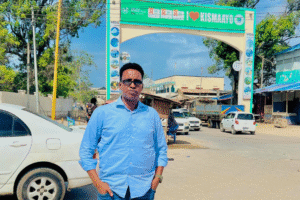
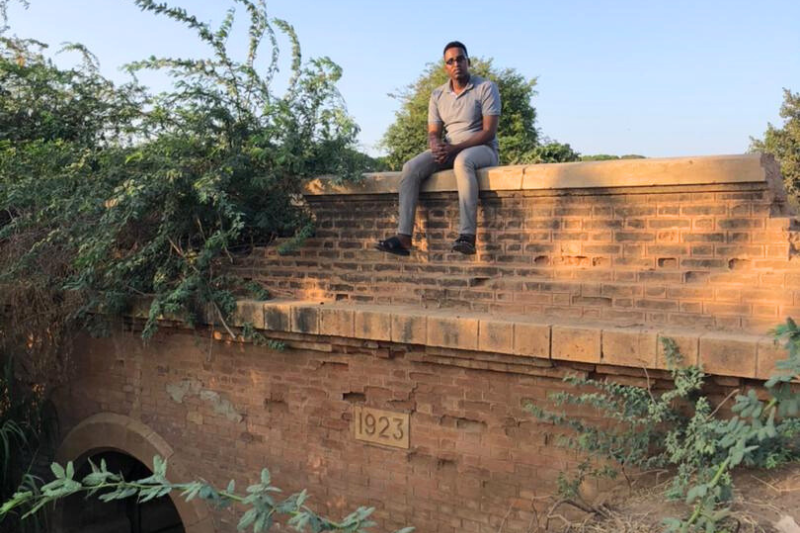
Although I have travelled to many Somali cities in the past eight years, I had never been to Jowhar, the capital city of Middle Shabelle region. Jowhar is also the capital city of Hirshabelle state – the newest federal unit – which was established in October 2016. I was excited that I was finally traveling to this historic town.
We landed on the nearby airfield, about 18 kilometers away from the city, which is protected by the Burundian contingent of AMISOM. A compound near the airfield hosts several UN agencies. The ‘airport’ was named after Mohamed Dhere, and there is banner at corner of the runway which reads ‘Mohamed Dhere International Airport’. Mohamed Omar Habeb (Mohamed Dhere) was a son of Jowhar and an influential politician, particularly during Abdullahi Yusuf’s presidency (2004-2008). He served as the governor of the Middle Shabelle and Benadir regions. He died in Mogadishu in November 2012.
On our way to the city, we saw the remains of the 2020 flooding of the Shabelle river along the roadside. The flooding had caused major damage, and I could see holes along the rough road. The flooding had also severely affected agricultural production around Jowhar. Since the airstrip had only recently been established and given that the road is laid with gravel (not tarmac), heavy rain and flooding often interrupt mobility and sometimes halt flights to Jowhar, which remains the safest route to the town.
I saw many cattle and sheep on the road. I was told that it was the time for grazing the livestock. It was Saturday, so many people from the surrounding villages were coming to the city for business. As in many other towns in Somalia’s central and southern regions, Saturday is the main market day in Jowhar.
Although Jowhar is the capital city of Hirshabelle state, its population is relatively small. Its proximity to Mogadishu is the main reason for the small population of the city. Many of its residents, in particular employees of the regional state institutions, live in Mogadishu primarily for its convenience as well as for security.
The city’s staple food makes it clear that Jowhar is an agricultural town. People eat less meat and more agricultural products. Cambuulo – beans with maize – is often eaten at night. It was my first time after many years that I had this dish for dinner.
People in Jowhar are friendly and welcoming. Everyone is busy with his/her own business. The city’s population is also diverse. The district commissioner is from the Somali Bantu community, which is rare to see in many local administrations in Somalia.
Like many other towns in Hirshabelle, Jowhar and its development were heavily influenced by the presence of al-Shabaab in its surroundings. The influence of al-Shabaab can be seen in the town. For example, I saw how the construction of some public buildings were stopped because the insurgents had blocked the delivery of building materials. The city is at the receiving end of such sanctions because construction materials have to be brought from areas controlled by al-Shabaab and transported through roads they control. On our way back to the airport, the driver told us that the trees around the road cannot be cut off because al-Shabaab didn’t allow it; they apparently use it for camouflage.
Jowhar has been the capital city for Hirshabelle for four years now, but its urban development remains negligible. Public infrastructure is poor, and there are no observable development efforts in town. In the evenings, I discussed politics in and the governance of Hirshabelle with local friends, some of whom work for the Hirshabelle administration. Our conclusion was that bad governance is the root cause of many of the problems faced by the city. I was told that only four Hirshabelle institutions have civil servants (the Presidency, the Ministry of Finance, the Civil Service Commission and the audit office), and that these employees – who often live in Mogadishu – number around 100. It is a terrible statistic to cite after more than four years when the Hirshabelle administration was hastily established.
The legacy of the colonial Italian administration is still evident in Jowhar. I was able to visit some of the historic places in town. One of the beautiful places I visited is Xiintooy. The Italians wanted to generate electricity from Xiintooy. It started construction of a dam inside the Shabelle river, less than a kilometer from the main bridge. The project was not successful and no electricity was ever generated. People visit the place for swimming and taking photos. Thursdays and Fridays are the busiest days in Xiintooy. I saw photographers taking photos of swimmers. The place is beautiful. Water drops from a higher rock to two lower stairs in the middle of the river. Large green trees loom in the background. It is an enjoyable place. My friends informed me that this place was famously known as Xiintooy hoosteeda iigusoo xaluulo, which roughly translates to ‘come to me under Xiintooy’. When I posted a photo of mine in Xiintooy with that caption on Facebook, a friend educated me that this phrase is from a Benadiri song by Mohamed Adan Shamuuri and Madina Abdi Ali. I did not know that. I also cannot link the song and the place.
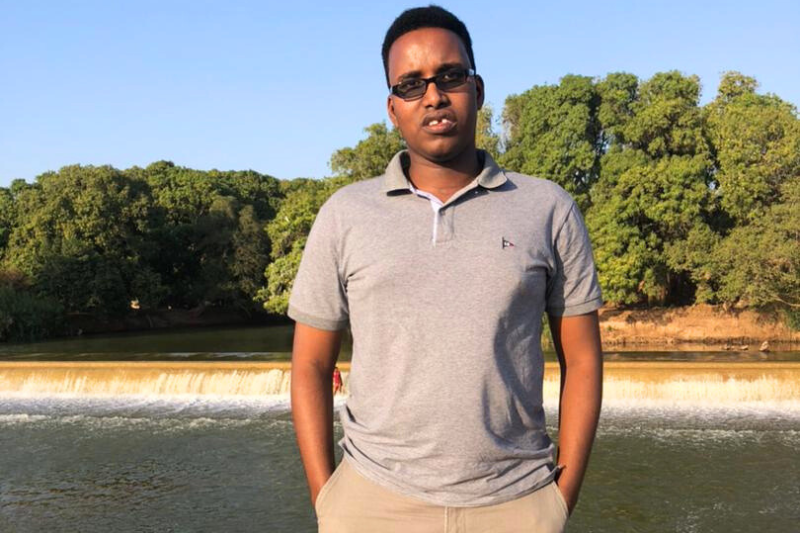
Near to Xiintooy is a canal locally known as Scarico Di Fondo. It was constructed by the Italians after World War I in 1923. The canal was used to water the sugarcane farms nearby. The foundation building is still intact, although it has not been rehabilitated for many decades and is not functioning.

Close to that place is the Isnaay sugar factory. The yellow, rusty metal buildings of the factory and some tanks remain visible. Two of the city boys who accompanied me told me that many Italian workers used to work in the factory and lived in Jowhar. Near the factory is a village with old buildings, which used to host the Italians who worked at the sugar factors. A century later, the Jowhar of today is not the place the workers of the sugar factory would have imagined it to be. Today’s Jowhar is worse off. It does not produce sugar, and its people are unemployed.
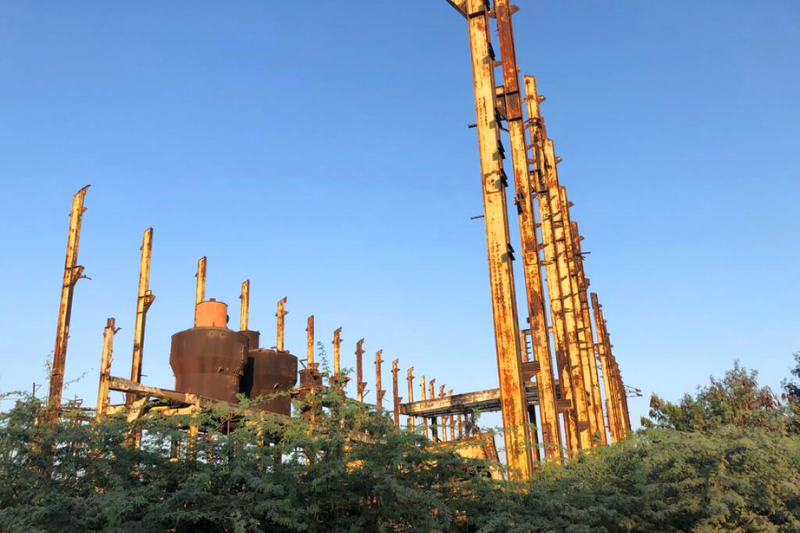
Jowhar is surrounded by rich agricultural land. With security, good governance, and investment, the products of the town could feed hundreds of thousands if not millions of Somalis. The lesson from Jowhar is that Somalia has enough resources, but because of our weak public institutions and leadership, people suffer. I would like to see a peaceful thriving Jowhar town in the near future.
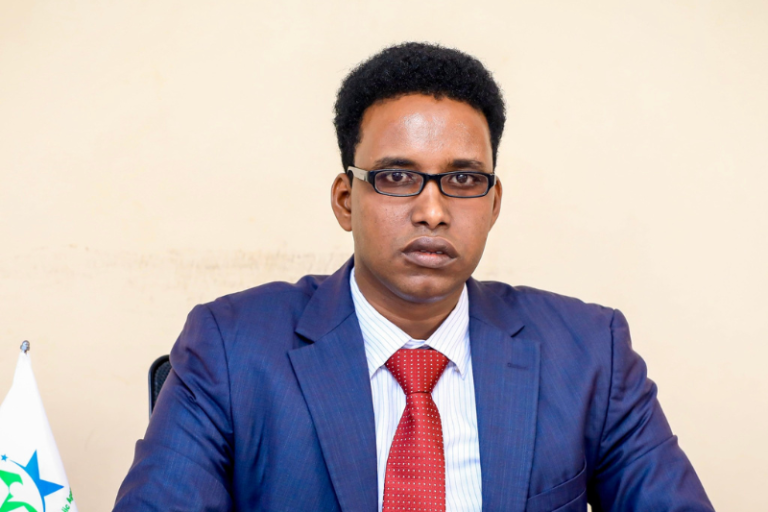
Mahad Wasuge
Is a researcher, teacher, podcaster and blogger. His work over the last decade has focused on teaching and researching governance, justice and social services in Somalia.
Popular Posts

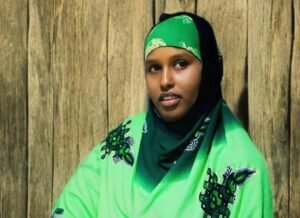
A Tribute to My Beloved Sister, Fowsiya

Memories and a Sense of Belonging in Buuloburte
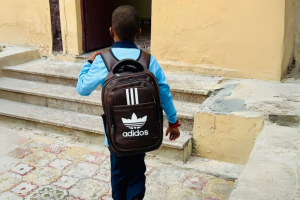
A Letter to My Son Who Starts School

The Teachings of Passing Time: Reflections on Life’s Journey

Tribute to my late brother Abdikarim Abdullahi
More Posts

Two Weeks in Arusha: Lessons in Leadership and Life

Kismayo: A City of Hope Amidst Political Tensions
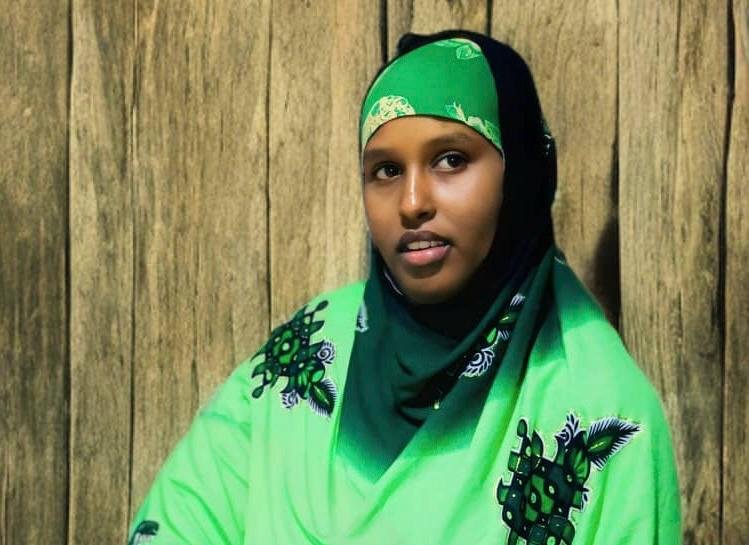
A Tribute to My Beloved Sister, Fowsiya
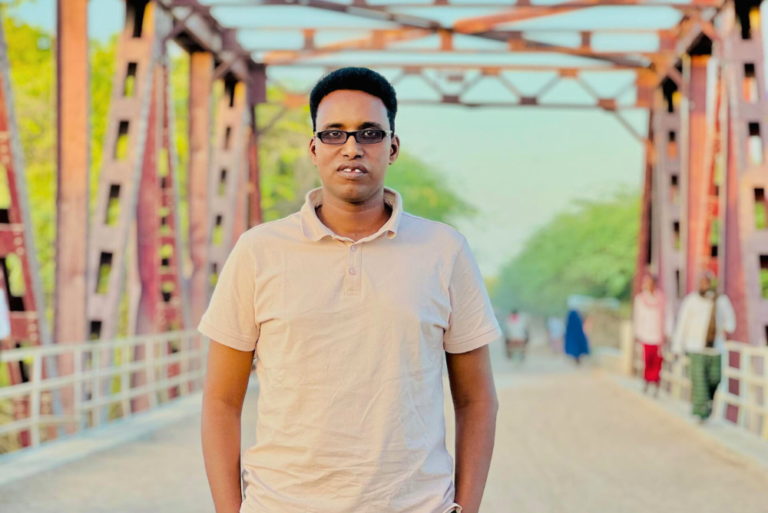

One Response
Well articulated article. Jowhar is one of the least developed cities in Somalia. The name of the city sounds big to those who had never been there, as the name and the appearance of the city do not match.